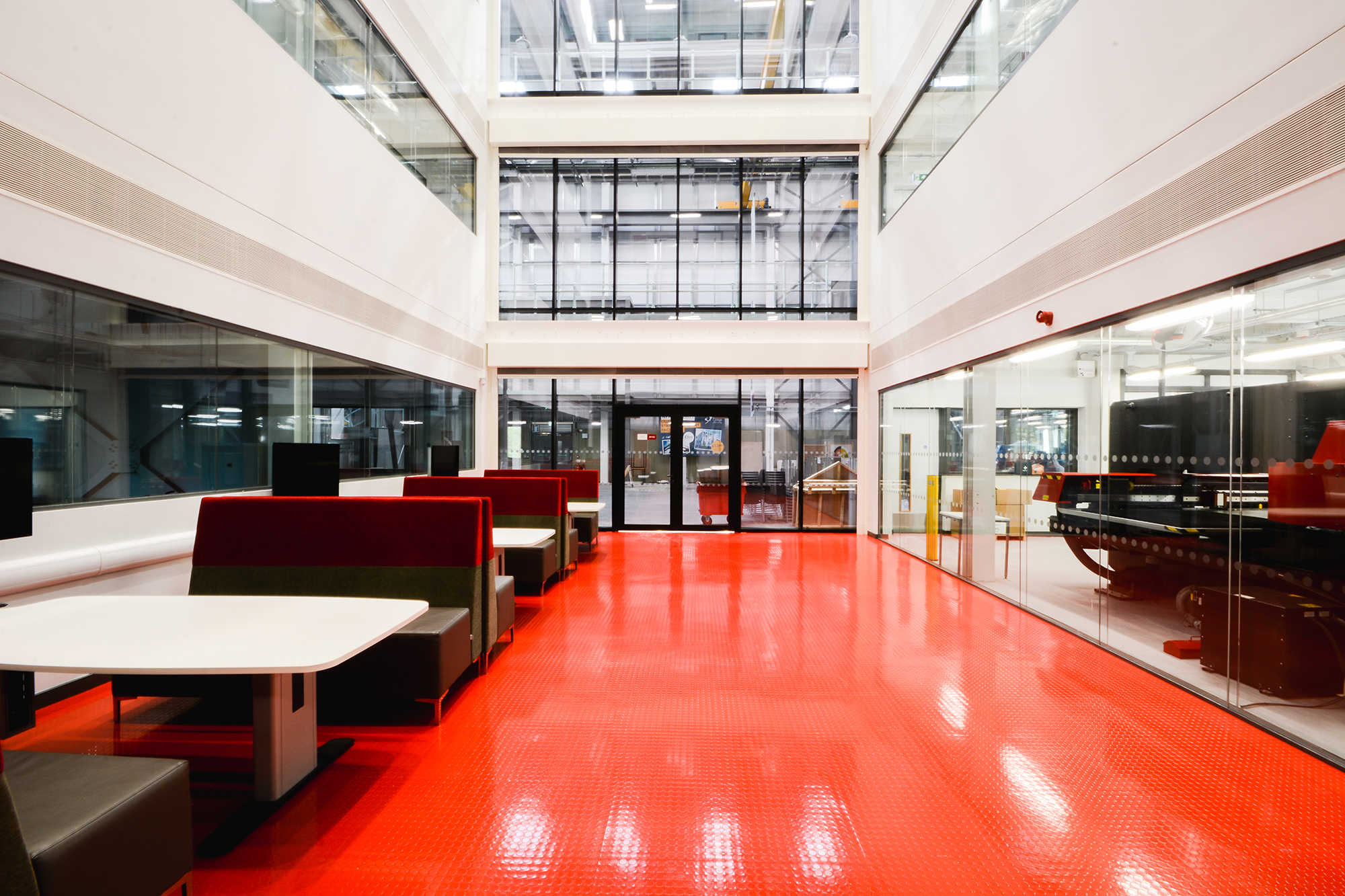Blog Author: Kevin Thomas – IPInitiatives
We all know it is possible to deliver great projects using traditional construction methods. Yet we also recognise that many struggle to use these methods to their best effect. Through time our industry has suffered from fragmentation, misaligned objectives, separation, and an inconsistency of satisfactory outcome for all parties; challenges that mean fresh approaches need to be explored and existing processes need rethinking to achieve progress.
The desired outcome, of course, is to create an integrated team so well aligned and incentivised that their entire focus is on delivering a project which meets the needs of the client as quickly as possible for what the client can afford to spend and in an environment that is enjoyable, supportive and profitable for every member of the extended team.
This outcome is exactly what has been achieved at Dudley College under the trial of the new Integrated Project Insurance (IPI) Delivery Model – the first of its kind in Insurance Backed Alliancing (IBA). IPI is one of the government’s three new models and perhaps one of the most radical solutions under trial. So what makes the IPI Model different? To answer, let’s look at one of the key challenges the Model sets out to address – overcoming the separation of the design and delivery communities.
Despite a broad spectrum of approaches on projects to include or facilitate partnering, collaboration, and early team involvement, it is still common wisdom to appoint the design team first to develop the design solution and use it to competitively procure delivery partners. The Advance II IPI Model trial took a different approach by selecting the design and delivery partners at the same time through a common OJEU process and against a strategic brief and success criteria, i.e. a description of the client’s needs. There was no solution to price and evaluation focussed on organisation skills, capabilities and behaviours.
Once appointed, the team, which included Dudley College, agreed what needed to be done, when, and by whom, brought in the appropriate supply chain partners and set off to collectively pursue a solution on a ‘best for project’ basis and in an incentivised open book environment. The project was carried out under the governance of a no blame/no claim Alliance Contract and Integrated Project Insurance policy which extended coverage to all team members at all levels and provided both cost overrun and latent defects protection.
By adopting this approach to early engagement and streamlining responsibility across the supply chain, the Alliance Board and its Integrated Project Team were aligned to focus delivery on outcome based performance. And what an outcome it was, starting with the stunning high quality low carbon facility which is absolutely fit for the purpose defined by Dudley College.
A five storey teaching block with classrooms and workshops that enable hands on proficiency in advance building technologies such as CNC engineering and manufacture, low carbon installations and BIM applications and is already operating at student numbers which exceed expectations.
A linked four storey ‘site hangar’ that can be used for on and off site manufacturing and installation training. This unique facility has so far attracted industry partnerships with Polypipe and Elements Europe who are providing components and assemblies that enable student and in-house technicians to be trained in offloading, positioning, assembly and commissioning methods.
‘Show and disclose’ features, thermally adaptive building structure, natural ventilation integrated with the highly efficient external façade and controlled by occupants. All providing not only a low energy low carbon teaching space, but a space which is simultaneously a teaching tool. And the digital platform and integrated model used to construct Advance II are also provided as an exemplar for students studying BIM related technologies.
Furthermore, Advance II was fully proven and ready to use at occupation and the clinics which carried soft landings into the operational period have been suspended as operators and occupants simply aren’t finding any issues to report.
The Advance II Alliance were able to declare a saving of 6.5% against the investment target and a 99% achievement of the success criteria (with 23% exceeded) and boast widespread profitability of partners and their supply chains. And just to confirm what Dudley College thought about it – we are already underway their next investment, a c.£25m Institute of Transformational Technologies.
Not that this has happened overnight. The IPI Model has its roots in exemplar projects from the late 1990’s, plus concepts that come out of the Movement for Innovation and best practice process and behavioural change published in the Strategic Forum Integration toolkit in 2003. The model is still in trials, but all the indications are that as a delivery mechanism the IPI Model has the potential to become the first in the new generation of Insurance Backed Alliancing approaches.
The good news for those seeking superior performance is that the seeds of opportunity to embrace fundamental revision of the entire construction delivery model have now reached maturity and the fruit of that change is very tasty indeed.


